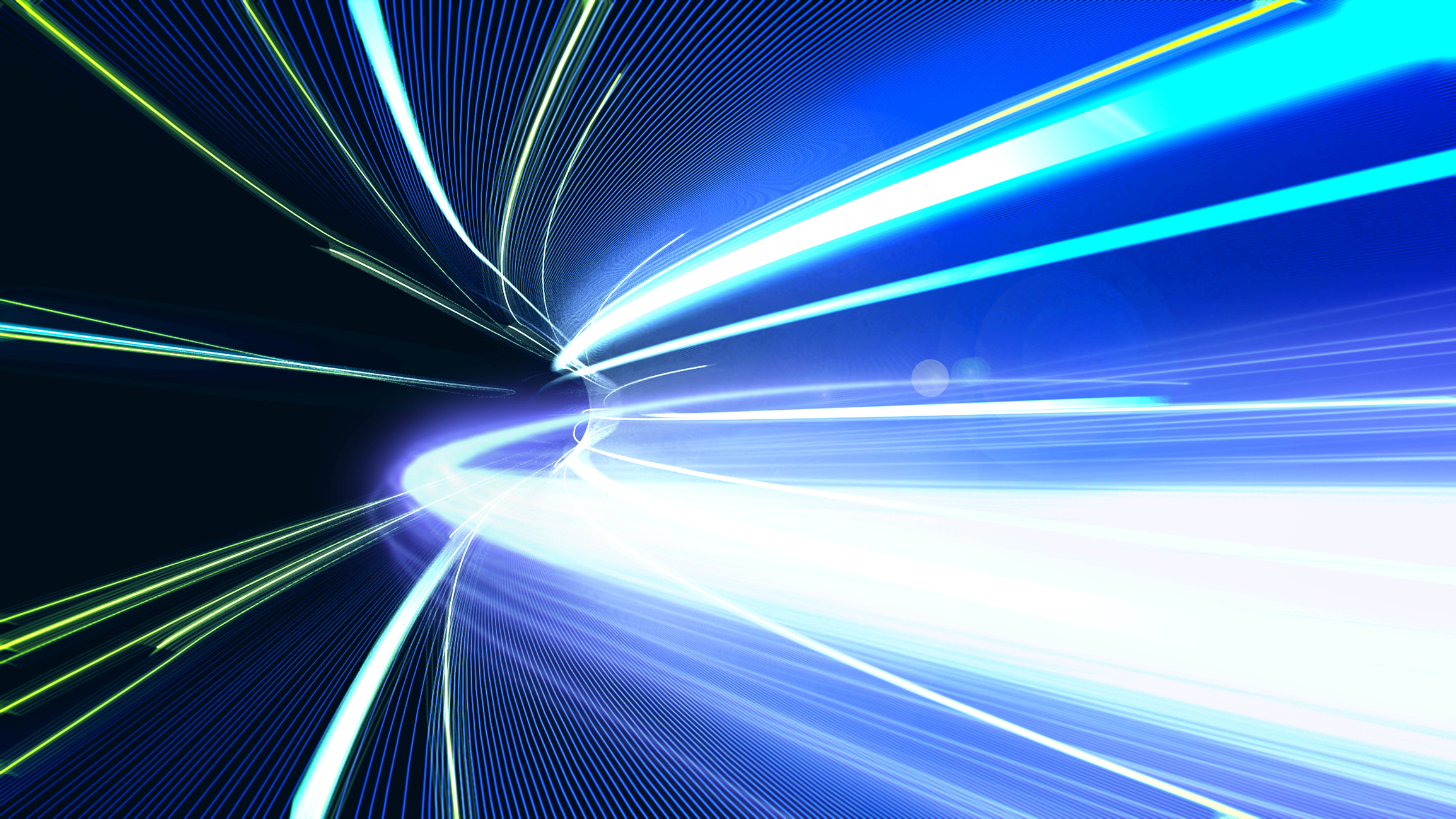|
Getting your Trinity Audio player ready...
|
After a three and a half year renovation of the particle accelerator Large Hadron Collider (LHC) on the France-Swiss border, nuclear scientists are poised to blast new frontiers in quantum physics and crack secrets concealed in so-called dark matter. The LHC took ten years to construct, from 1998 to 2008, and is the largest and most technologically advanced particle collider in the world. By letting them to accelerate tiny particles, such protons and ions, to extremely high speeds and collide with one another in an underground circular tube of 27 km, it enables scientists to test the ideas of particle physics. A particle thought to give matter its mass, the Higgs boson, was found in 2012 as a result of the LHC. Peter Higgs and Francois Englert, two physicists who created the theory, were awarded the 2013 Nobel Prize in Physics as a consequence.
After the LHC was shut down for its third upgrade at the end of 2018, researchers from Cern, the European Organization for Nuclear Research, are now prepared for a few years of rigorous testing with the upgraded LHC. The following update is planned for 2026. Two new detectors, the Faser and the Scattering and Neutrino, were recently placed at the LHC as part of an upgrade. These enable the detection of neutrinos, or subatomic particles, and the hunt for light dark matter in experiments, according to Professor Albert De Roeck, head of the Cern Neutrino Physics Group. It is exceedingly challenging to find neutrinos, which are chargeless, incredibly light subatomic particles.
Now that they can directly observe them in the LHC, scientists may examine the properties of these mostly unexplored particles. Scientists have so far been unable to identify dark matter, which is estimated to account for more than 85% of the universe’s substance. Waiting for dark matter and matter particle collisions is the traditional method for finding it. In such encounters, matter particles would deflect, enabling the detection of dark matter particles. Instead of light dark matter, these studies have mostly concentrated on heavy dark matter.
Most tests wouldn’t be able to detect light dark matter particles, which are predicted to have masses less than protons and hence be unable to generate a significant enough recoil. Using collisions at the LHC, where the new detectors are specifically designed to detect them, Cern researchers will attempt to produce light dark matter particles rather than directly detect them. The detectors are currently being put into service. We are ironing out the wrinkles like a wrinkly garment since there are hundreds of wires and several delicate components. By spring or summer of next year, we hope to get the first physics results, Prof. De Roeck told The Straits Times in November.
The LHC has undergone extensive engineering improvements thanks to Cern. It improved other detectors’ sensitivity and the strength of injectors. Larger energy can be produced by the upgraded injectors, which accelerate particles before injecting them into the LHC. By breaking their previous world record of 13 TeV, protons may now collide with a total energy of 13.6 trillion electronvolts (TeV). Due to the higher energy collisions, the likelihood of producing new particles is considerably increased by the extra 0.6TeV. The improved detectors enable more accurate tracking of the collisions, which may now happen more often and with more intensity. With the improvement, the LHC also has a larger data capacity.
Researchers will be able to examine the characteristics of quark-gluon plasma (QGP), a unique state of matter that is believed to have existed for only 10 microseconds after the Big Bang, in addition to looking for potential candidates for dark matter. Scientists will be able to examine whether QGP, which is currently reported to be a frictionless liquid, transforms into a gas at higher temperatures thanks to the LHC’s greater collision energy. Researchers also intend to look at whether there is only one sort of Higgs boson or more. Additionally, they will keep looking for evidence that contradicts the Standard Model, the most accurate hypothesis at the moment for describing the universe’s fundamental constituents, as they continue their research into the matter-antimatter symmetry of the cosmos.
Cern is reaching out to numerous non-research-related areas outside of particle physics. As an illustration, it is working with the medical sector to establish hadron treatment facilities across Europe. In comparison to existing radiation technologies, hadron therapy is a safer method of cancer treatment. Cern intends to keep investigating areas like electronics and manufacturing, among others. It is also investigating the potential use of quantum technology for its infrastructure and data-gathering capacities. Quantum technologies use the principles of quantum physics to create a computing infrastructure that is a lot smaller and quicker than what is now available. Prof. De Roeck stated, “We just held a symposium on quantum computing here, and how Cern may play a role in contributing alongside major stakeholders like (computer giant) IBM.”


